Originally from Chicago, IL, Daniel Hojnacki’s practice relies on chance encounters with the domestic and natural landscape. Through the alteration and manipulations of the mechanical apparatus of photography, using its inherent failures and continued explorations into experimental darkroom printing, Daniel investigates themes of loss, memory and redaction through traces the world has left behind. Hojnacki is a visual artist/photographer presently based in Albuquerque, NM where he is an MFA candidate at the University of New Mexico. Currently in his first year of graduate school, Hojnacki is exploring ways to expand upon the poetics of his visual language, conversing with the surrounding land and mining found imagery about space and wonder. Hojnacki, along side his art practice and the intimidating often stressful encounters of graduate school, maintains self care through biking the foothills of the Sandias Mountains and The Bosque of the Rio Grande River.
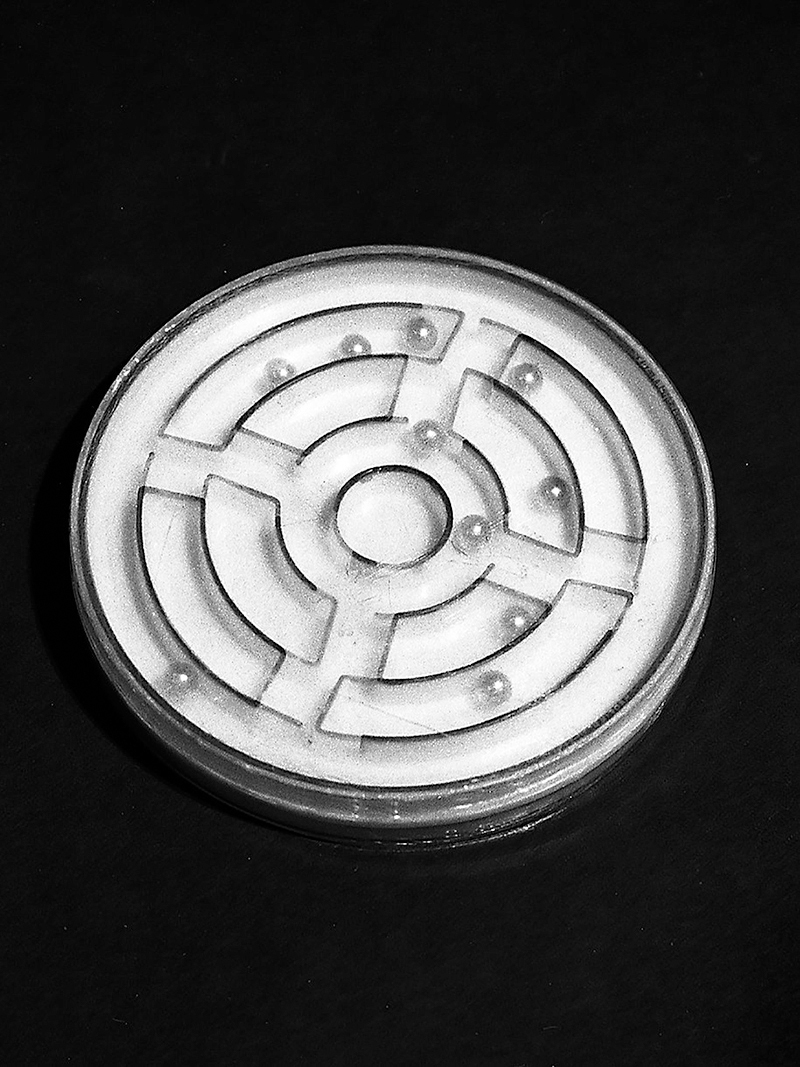

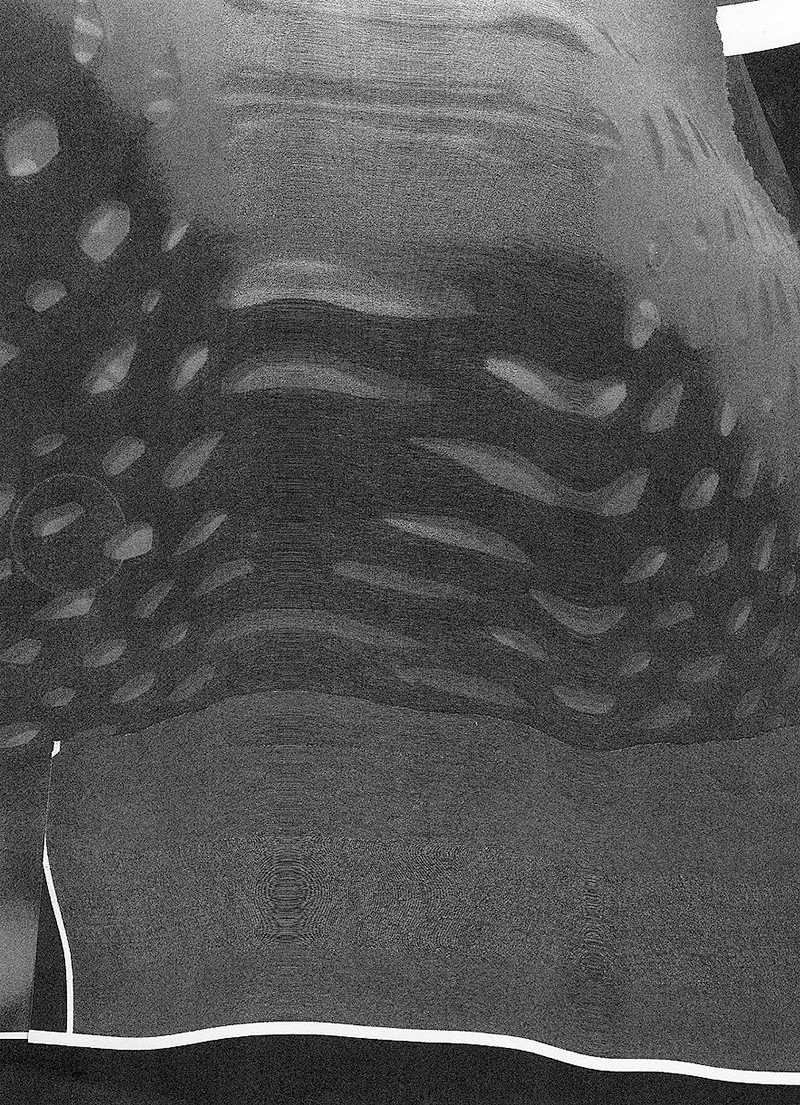
Losses, Attempts & Potential Failures
“That we are nothing but
a bundle or collection of
different sensations,
which succeed each other
with an inconceivable rapidity,
and are in a perpetual flux and movement”
-David Hume
“Losses Attempts & Potential Failures” is a collection of works that began as a response to a liminal space in my life of moving and a time of transition. It is an on-going collection of photographs and experiments expressing the failures of memory and remembering, attempts and failures in my photographic process, and meanderings on the visual thought of the domestic landscape.
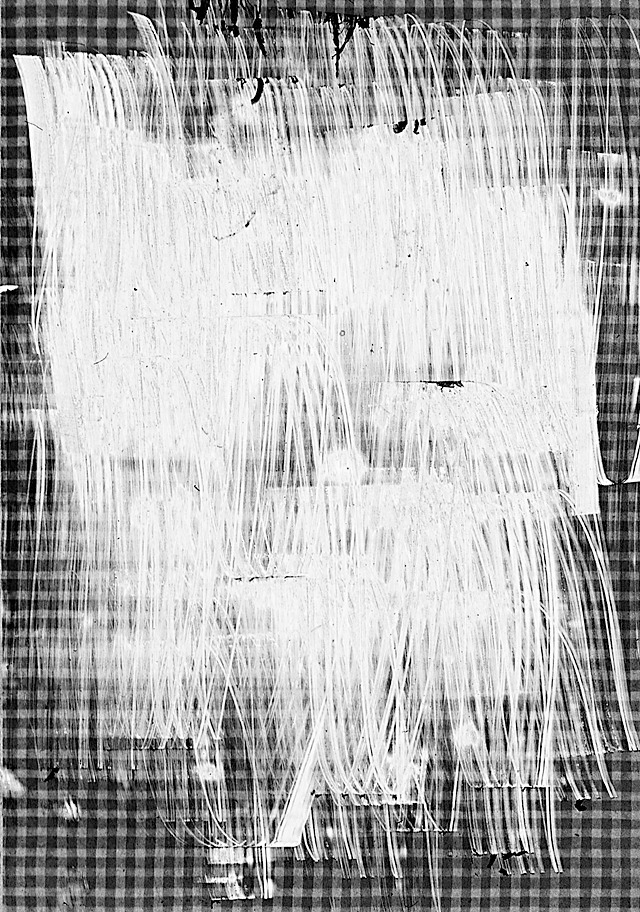
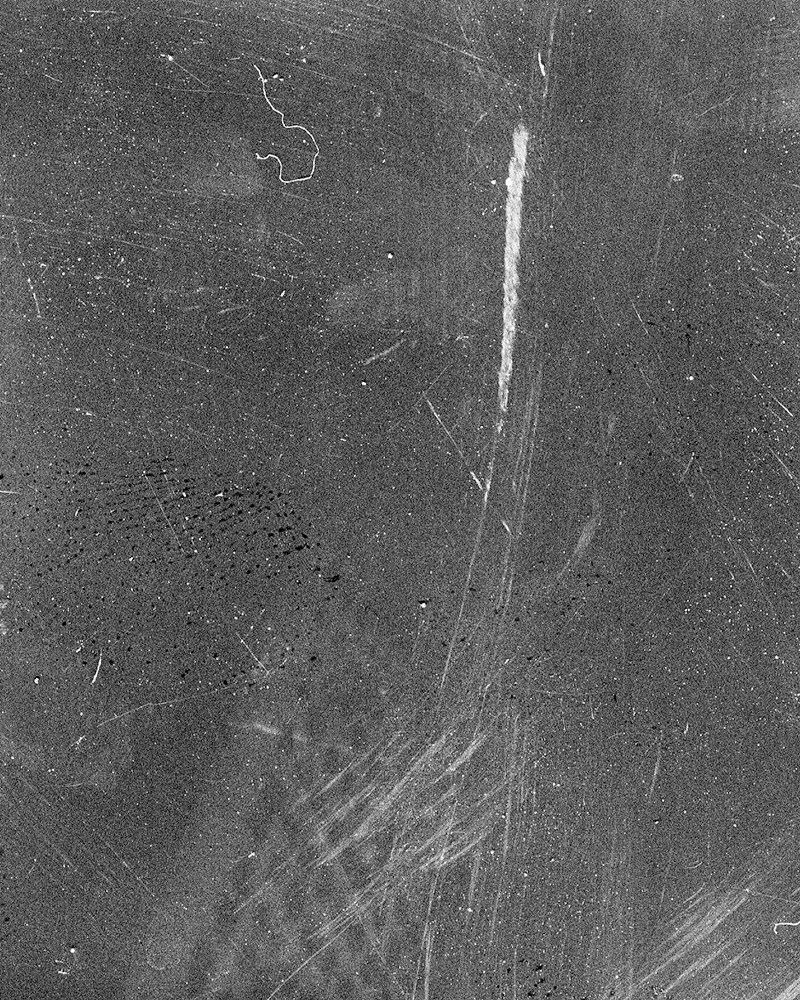
Kyra Schmidt: The quote by David Hume embraces a beautifully phenomenological way of being in the world. And your photographs seek to embody this particular sensation – or better the indescribable sensations and memories just out of grasp – the seemingly discontinuous images/moments that connect us. There’s a similarity in the form and content of this work, the way in which objects, shadows, and forms elude direct representation, despite their rhythmic recurrence. Did you conceive of this series as a mirror to the way our brains process memory?
Daniel Hojnacki: The quote by Hume resonated with me so much at the time of starting this work. I was thinking how my life felt as if it was moving at an inconceivable rapidity, and of our bodies being these collections of emotions and thoughts that can be hard to unravel or difficult to discern at times. I wanted the images to feel as though there was a sense of frustration in remembering or holding onto a space, an act of looking closely at a memory while not entirely being able to make out what that thought may have been. Our emotions/memories during hard times can be difficult to decipher. The act of disintegrating the image and forcing it into gestures of confusion was a way for me to try to visualize the process of holding onto a memory while transitioning from my current domestic space at the time. I also moved around a lot as a child and I felt as an adult the same process kept and continued happening, so I think there was a nostalgic thought back to my liminal childhood at the time as well.
KS: The non-representational images that merge light/shadow with organic and geometric forms are beautifully compelling… even more so in their almost serial repetition throughout the series. Can you speak to their significance (if one)?
DH: The motif of the maze was an important part of my work for a long time, it represented the frustrations of thought, memory, and art practice for me. The constant attempts at navigating a labyrinth and the labyrinth of memories and practice coincided. The gingham patterns, again, called back to a memory from my childhood, I have a photo of my grandmother sitting at a picnic table with this gingham pattern, it was also a print on an apron she used for cooking. I was fond of this pattern and I felt it was a universal kind of pattern relating to the home, so I ran with that. Continued it as a thread in and out of subtle shifts of figurative spaces of the home, back and forth between the abstract disintegrating gingham to the ever frustrating act of a maze and our memories that never quite “succeed each other”.
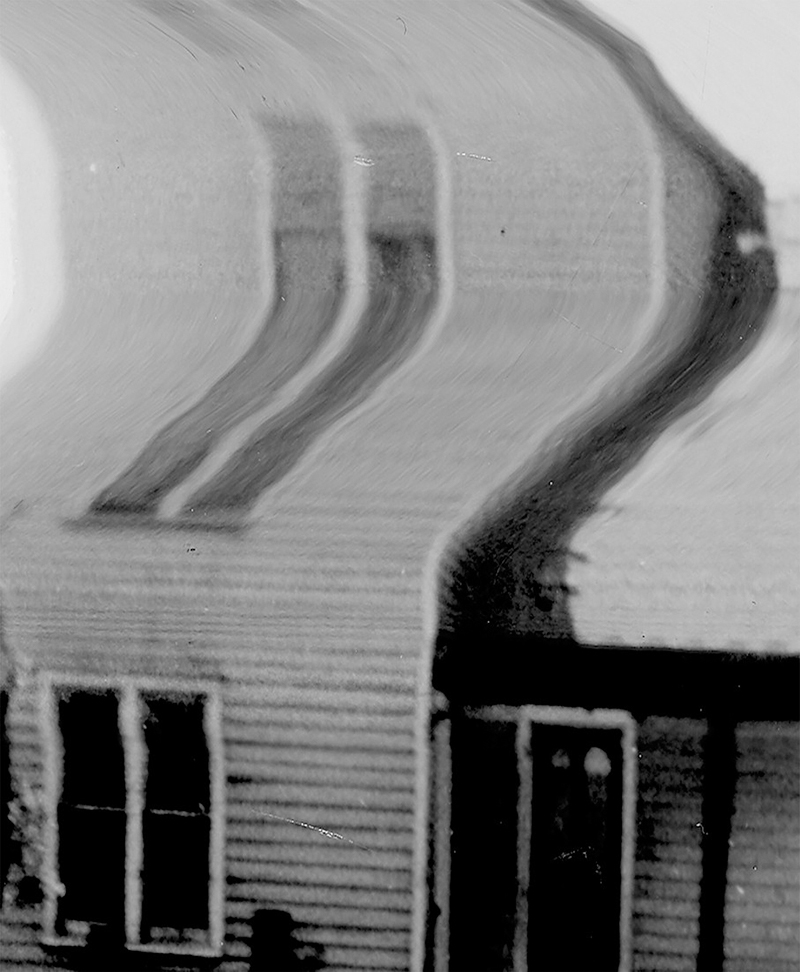
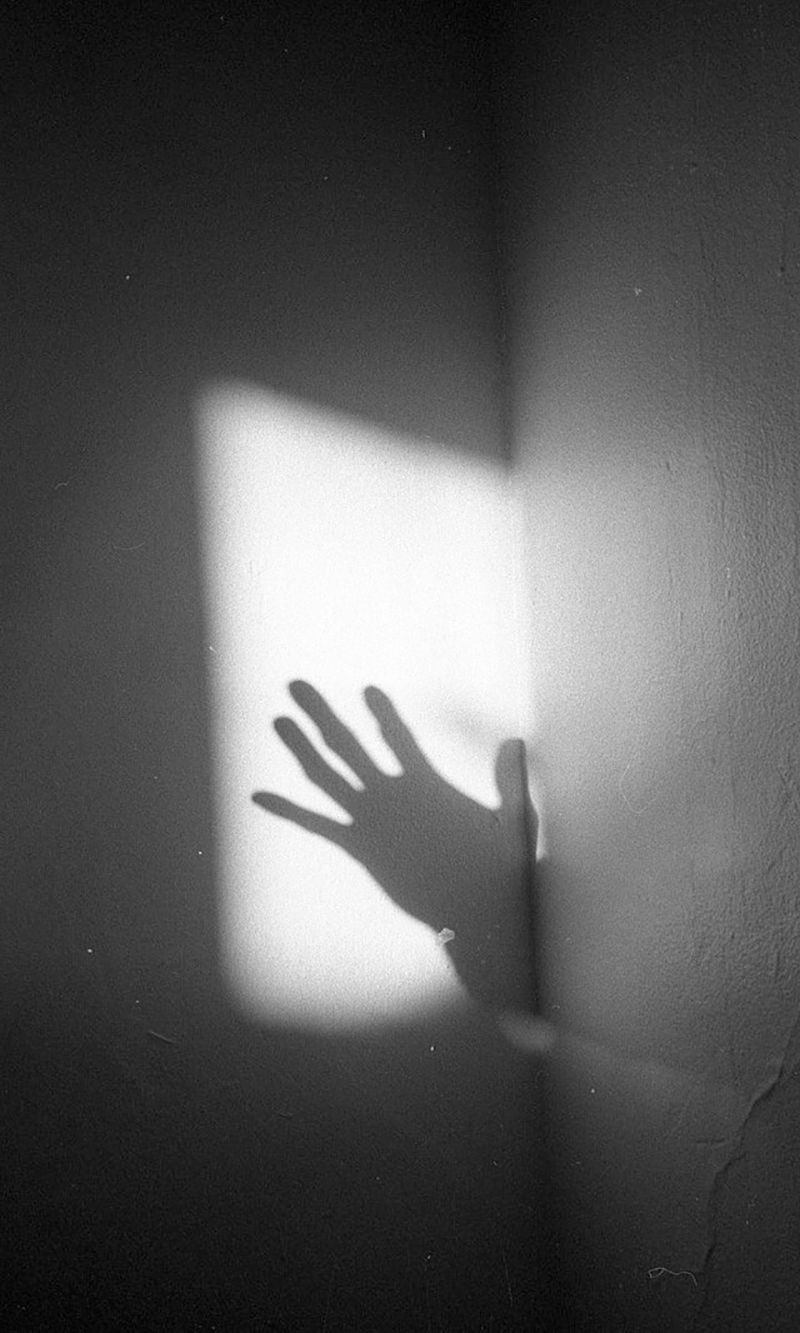
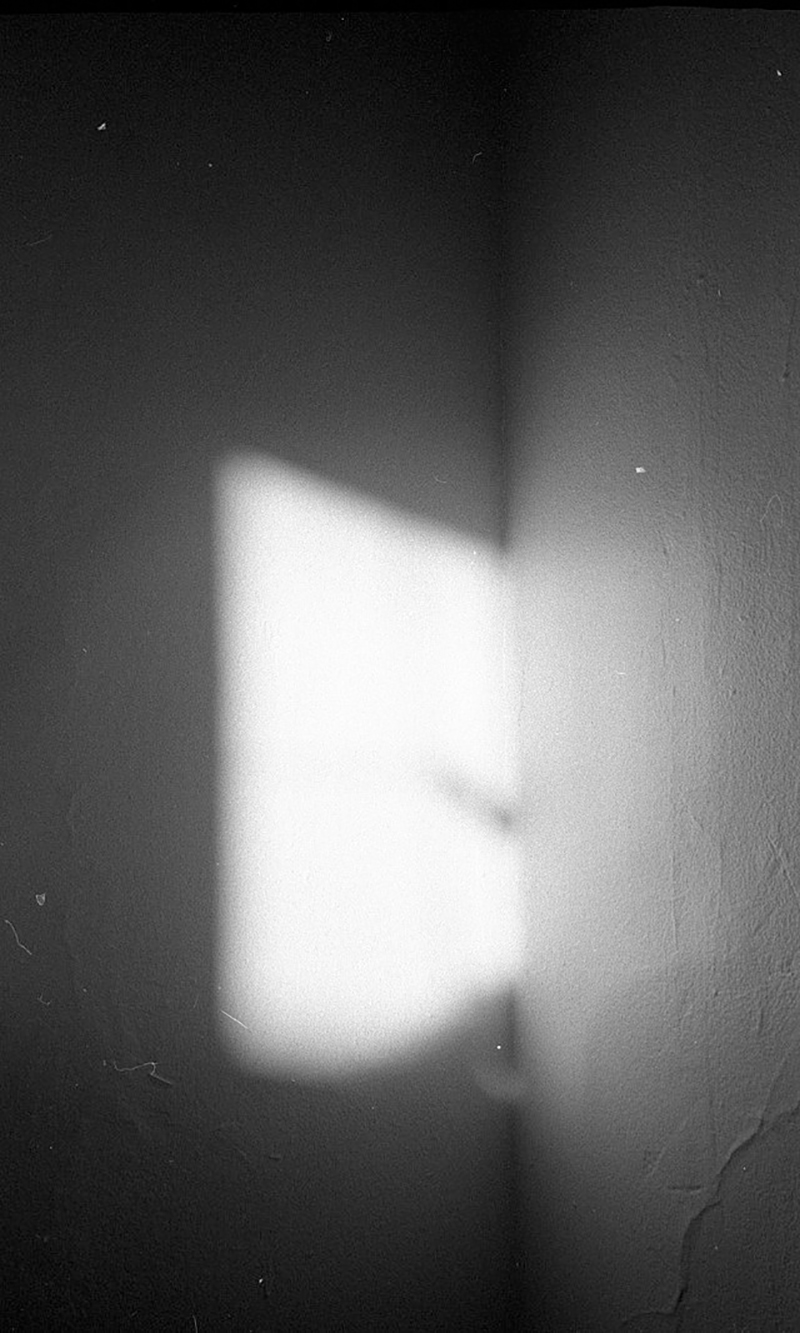
KS: Memory seems to be a prevailing notion within much of your work. Rightly so, the photographic medium has a unique way about it that enables its ongoing reorganization of our mental and physical landscape. In Camera Lucida Roland Barthes declares, “Not only is the Photograph never, in essence, a memory […] but it actually blocks memory, quickly becomes a counter-memory”. Do you find this fact of photography to be distressing?
I find the act of photography’s failures to be haunting and fascinating. It was an interest that fueled my work for a long time. The notion that a photograph is unable to truly give us a factual and actual account of one’s memory. We then have the capabilities as photographers and artists to appropriate one’s memories, creating new narratives from them that may never have been there before. I find the act of losing memory as an individual much more distressing than the image not being able to hold itself accountable for one’s memory. The image will stay and live on often longer than the body. Images can become new stories, pieces to a puzzle of one’s narrative and that’s what makes the medium so versatile and ever evolving.

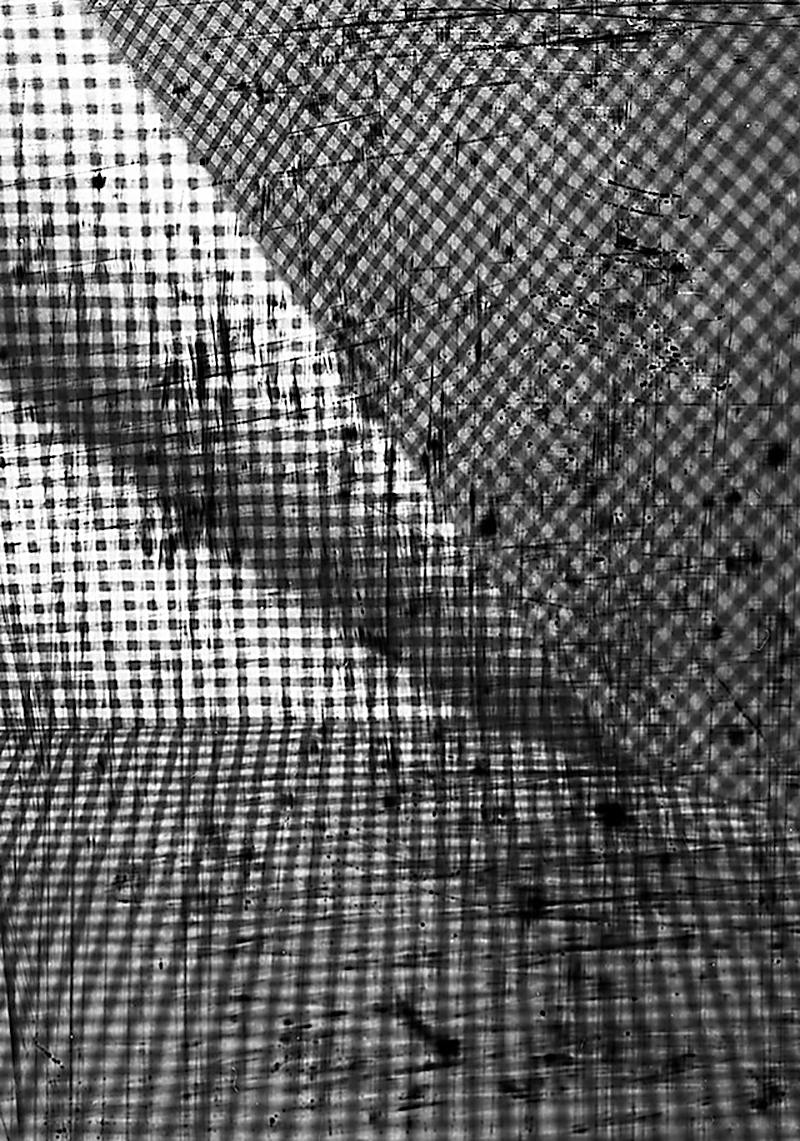
KS: This project embodies a stream-of-conscious type approach to image-making. Can you tell us about your practice and how you came to your multidisciplinary approach?
DH: I tend to have a very intuitive approach to the image making process that is guided by my emotional relationship to the material I interact with. I started to become less interested in didactic approaches to making a photograph. Allowing for ambiguous nuances to take place in the subtle gestures I perform in my alterations and various approaches. I find inspiration equal parts in painting practices and photography, and enjoy exploring a harmonious place where the two mediums may exist. The act of taking an image never quite felt as good as that of making one, I needed from early on in working with photography to apply the gestures of my hand and body to the work to feel fulfilled, returning a lot to materials that can be additive and subtractive, usually relating to the home or obsolete nostalgic technology of photography.
KS: What are you working on at the moment? Can we expect anything to be released by you in the near future?
DH: I am currently working on a series using an archive of the cosmos from an anonymous astronomers. Purchased on ebay, I’m finding exciting new approaches to 4×5 camera alterations while searching for new stories in my new home of New Mexico – where I am attending graduate school. Hopefully I will have a small self published book by the end of this semester categorizing my acts of wonder and curiosity as I navigate the studio and this fascinating archive. I currently have my head down, researching new topics of interest gifted to me by the overwhelmingly inspiring histories of the land and natural environment I now call home.
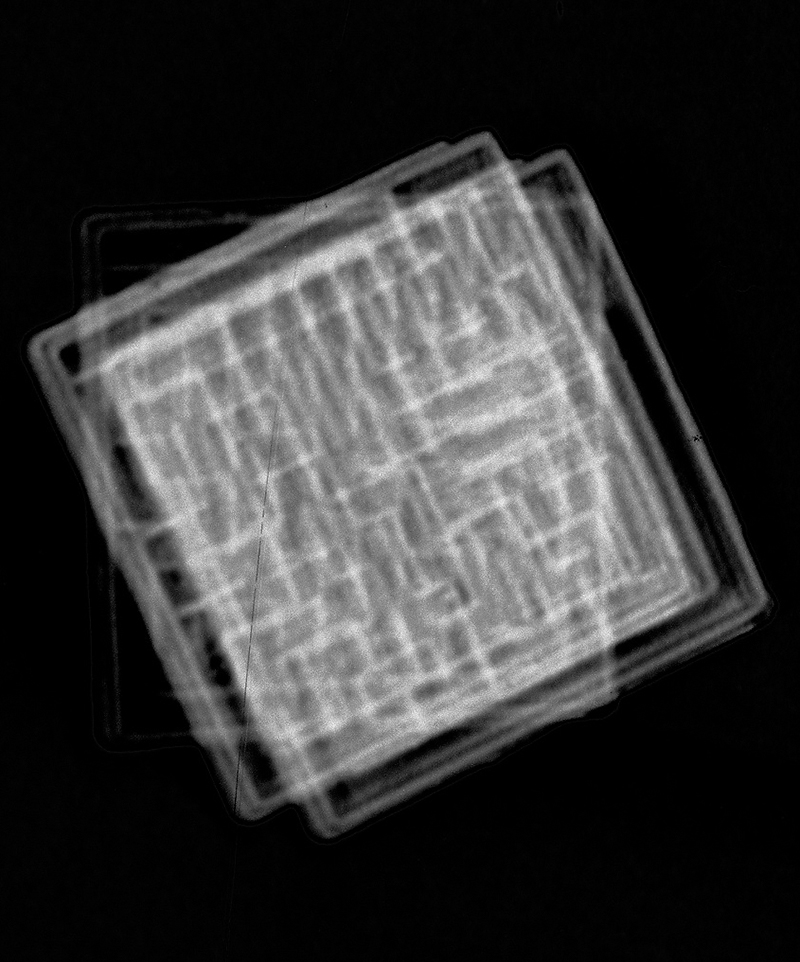

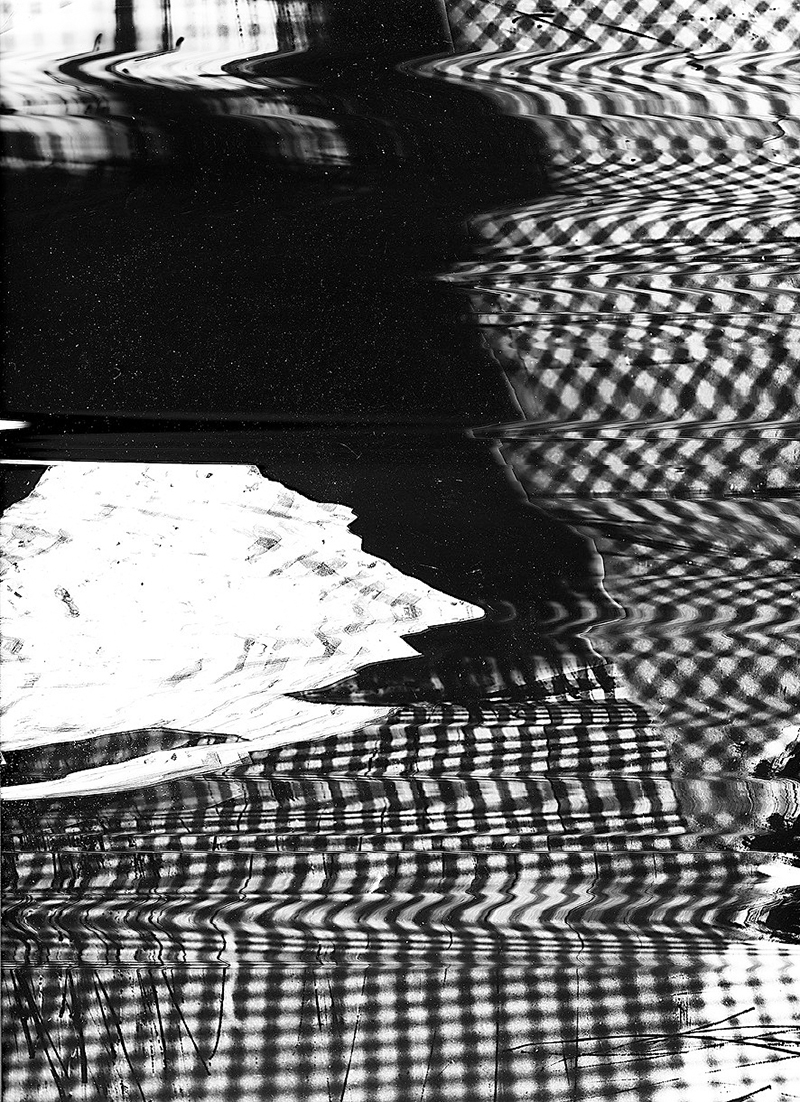

To view more of Daniel Hojnacki’s work please visit his website.